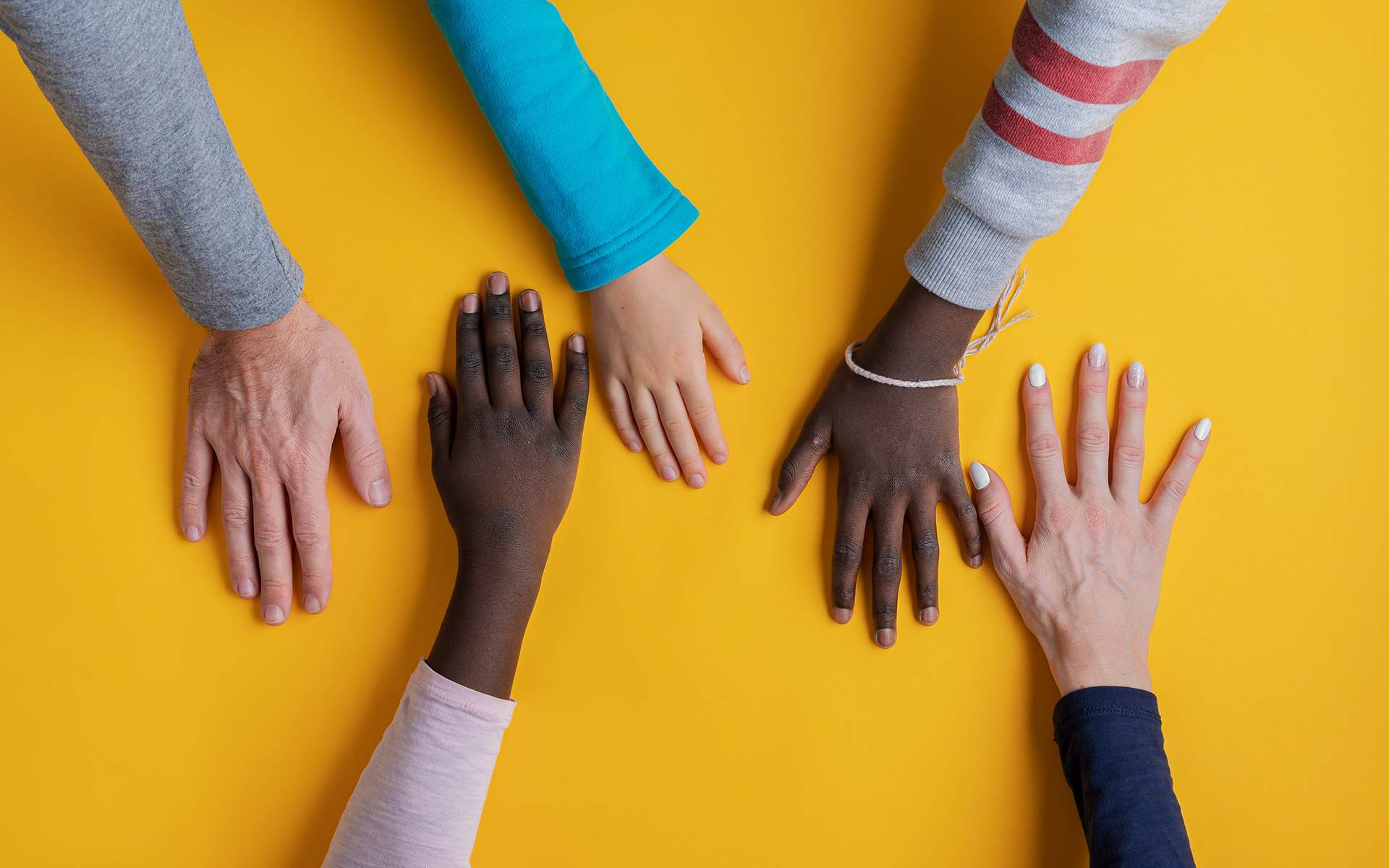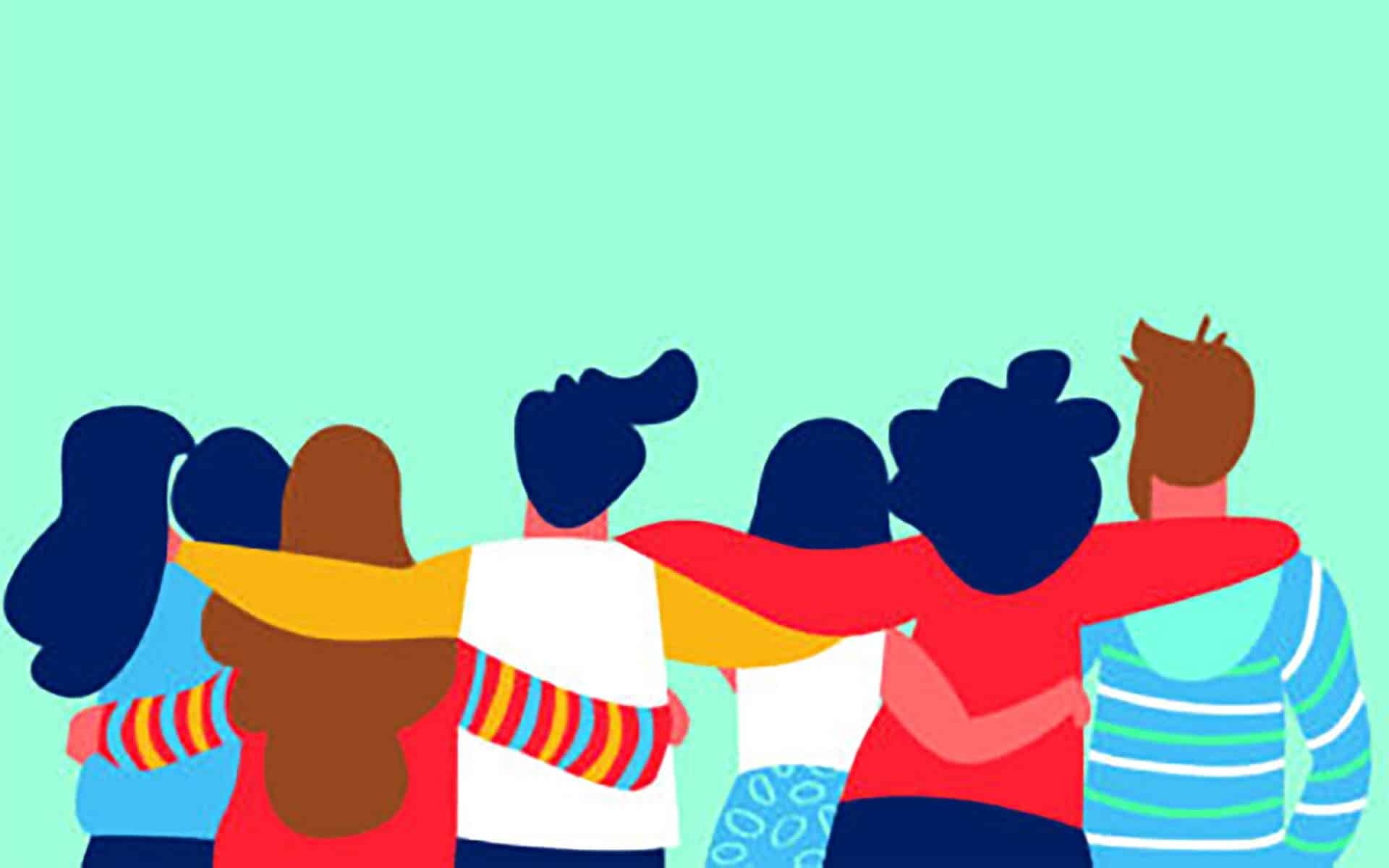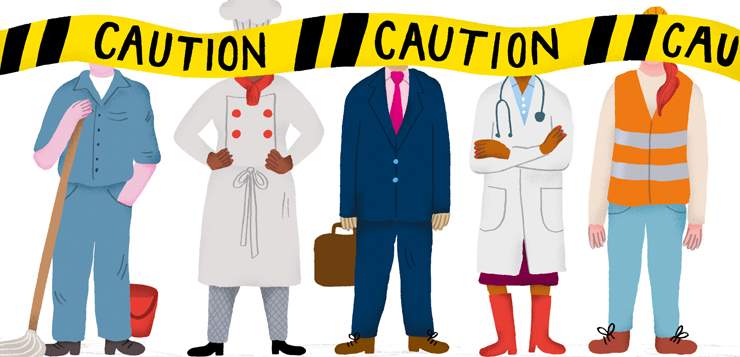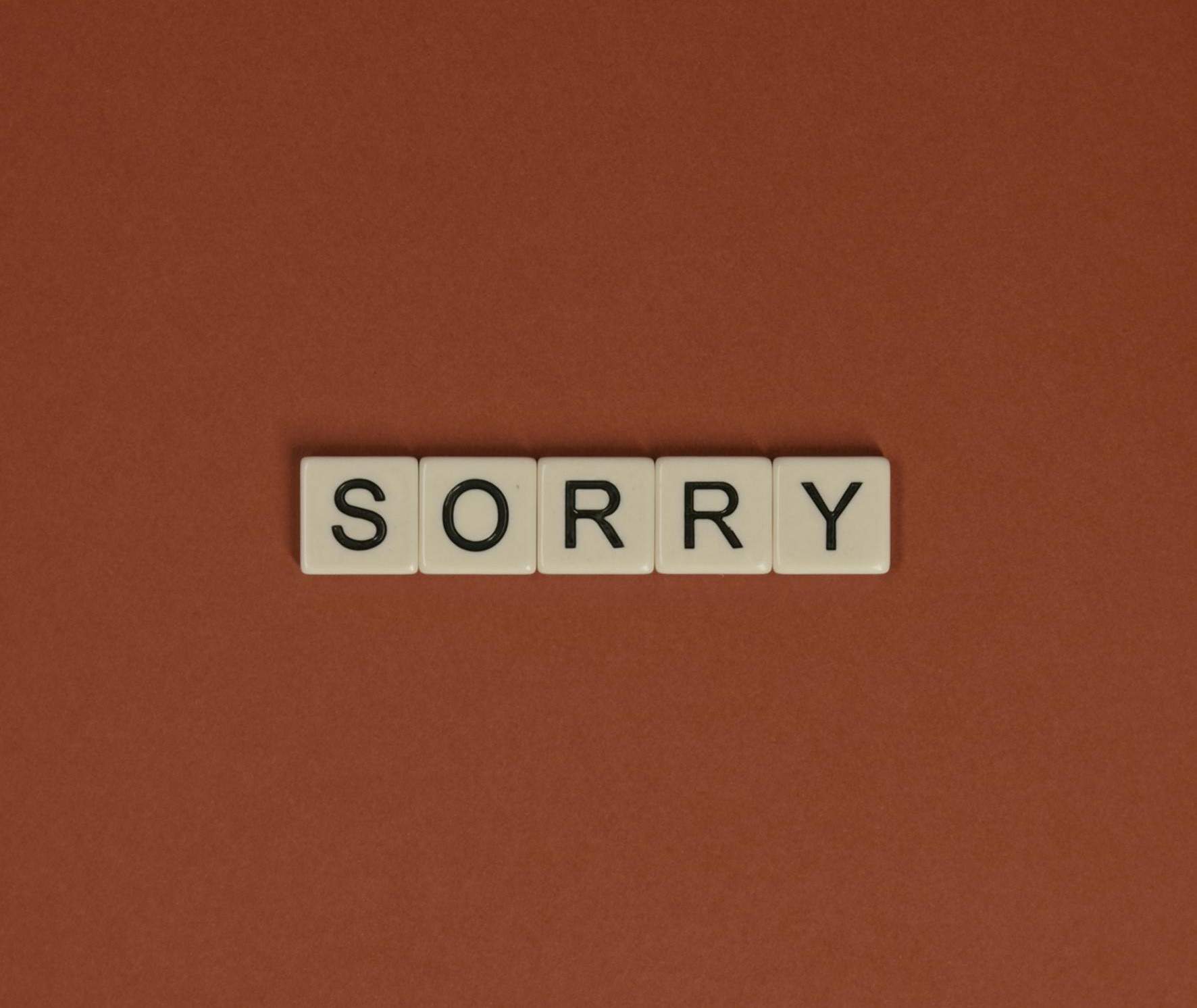The global anti-racism protests have ignited a much-needed reckoning among many mindfulness practitioners about systemic racism. For 15 years, I have studied the nature of bias academically, contemplated its socioemotional impacts with over 10,000 hours of meditation, and trained more than 16,000 professionals nationwide in science-backed, compassion-based tools to break it. In this moment of reckoning, I offer you five tools that you can use anywhere, anytime to face and transform the virus of racial bias that still afflicts our hearts and minds. Rooted in the science of neuroplasticity, collectively these tools spell out the acronym PRISM: perspective-taking, pRosocial behaviors, individuation, stereotype replacement, and mindfulness. We begin with mindfulness and work our way backwards to perspective-taking.
1. Mindfulness
Mindfulness is the bedrock of breaking bias. It is the act of noticing or becoming aware of what is happening in the heart, mind, and body at the moment of contact with another person. Toni Morrison famously said, “Race is the least reliable information you can have about someone. It’s real information, but it tells you next to nothing.” Yet, even in 2020, I often get asked, “Where are you from?” “Brooklyn,” I reply to which they often retort, “No, where are you really from?” For people of color, this line of reasoning is all too familiar. I feel anger. I feel hurt. I feel othered. My thoughts are spiraling: Is it because my skin isn’t white that I can’t be from Brooklyn? Are you asking about my ethnicity? Why does that matter?
Toni Morrison famously said, “Race is the least reliable information you can have about someone. It’s real information, but it tells you next to nothing.”
This is where my mindfulness practice jumps in. It helps me acknowledge my feelings and thoughts. No longer denied—I know who I am and I won’t let this line of reasoning make me feel less than. I take a breath, and I respond. This takes daily practice, but underneath it is the resolve to not let myself believe other people’s ideas of me. Similarly, if you’re curious about someone’s ethnic background, can you bring mindfulness to why? What would that information help you deduce about that person? Are those deductions skillful, helpful, and onward leading?
2. Stereotype Replacement
Stereotype replacement is the active practice of visualization to break our mind’s habits of putting people into stereotypical boxes. For example, notice the first image that comes to mind when you read the word leader.
Did you think of Oprah Winfrey? Malala Yousafzai? Or someone who matches their racial, ethnic, gender, or age profiles? There’s no shame if you didn’t. This is about becoming mindful of our mind’s deeply habitual patterns. Now that you’re aware of that pattern, you can actively begin to build a repertoire of leaders who reflect our true human diversity. This transformative tool loosens the grip of your existing associations and can do wonders in a short time.
My student Sheryl, a Black woman who was the only executive of color at her company, for years felt like she had to fight against all of the conscious and unconscious biases that came her way daily. This made her feel exhausted and small. After learning about stereotype replacement, she built a vision board with images of powerful women, who like her withstood the test of hatred with poise, grace, and self-love. She turned to visual images of Ella Baker, Michelle Obama, and Wangari Maathai for guidance when she needed it most. Whenever she felt small, she visualized them. Within a week, Sheryl reported a new sense of confidence that was reflected in her tone, gait, and posture.
3. Individuation
Individuation is a practice that builds on the previous two to cultivate curiosity. In our interactions with others, we mindfully notice the stereotypes that arise in the mind and actively dissociate them from the person we are with. We allow ourselves to receive people for who they are instead of being stuck in our ideas of them.
For my student Arlene, a white corporate trainer and a committed mindfulness practitioner, this practice allowed her to become aware of the many unfounded stories in her mind about Black men, which she said, “often prevented authentic interactions.” The more she leaned into her curiosity about who these people were as unique individuals versus what her mind wanted her to believe, the more she felt connected to those people and to herself. This tool liberated her from years of racist conditioning.
4. Prosocial Behaviors
Prosocial behaviors are a set of tools that actively incline our minds toward positive feeling states, such as compassion, loving-kindness, gratitude, equanimity, generosity, joy, and forgiveness. When we cultivate these feeling states around the suffering of bias experienced by oneself and others, it helps build boundless resilience and courage. Research has also shown that it enhances trust and communication in intergroup contexts.
When we cultivate these feeling states around the suffering of bias experienced by oneself and others, it helps build boundless resilience and courage.
Exercising prosocial behaviors were crucial for my own healing of race- and gender-based trauma. For two years, I practiced twenty minutes of loving-kindness daily that began with myself and then zoomed out to other people. I visualized and brought loving-kindness for Black people suffering from the crises of police violence and mass incarceration; Indigenous people suffering from the legacies of broken treaties and colonization; houseless people suffering from trauma; among others. It’s about fostering loving-kindness for our own suffering and feeling in our minds and bodies how that suffering is also experienced by others. These tools offer me the fuel I need to empower others to break bias.
5. Perspective-Taking
Perspective-taking is the ultimate tool of radical compassion. It is giving ourselves permission to imagine what it may be like to be in the shoes of another person. It’s what good actors and performers are able to do on stage—embody the life of another human in such a way that we get chills down our spine. It is what Toni Morrison taught her students, the radical act of leaving your self-centered narrative and letting your human imagination feel the narrative of someone completely different from you—perhaps a Syrian refugee, a Black mother mourning the loss of her son to needless police violence, or an undocumented, transgender child who feels he doesn’t belong in his body. Depending on your social position, you may never know what it is truly like. But let your imagination allow you to feel it. Soon you’ll realize that despite these seeming differences, and regardless of our outer appearance, we are all connected by life’s ten thousand joys and ten thousand sorrows.
Contemplative sciences show that eight weeks of mindfulness-based practices can dramatically transform our ability to cope with stress, addiction, and other emotional afflictions. Racial bias is no exception and the routine practices of mindfulness, stereotype replacement, individuation, prosocial behaviours, and perspective-taking have proven powerful tools for breaking our biased habits of thought. Dr. Martin Luther King Jr. said that our goal is to build a beloved community. This will require a qualitative shift in our hearts and a quantitative shift in our lives. What is needed now is for all of us to proactively initiate those shifts.
This practice is based on the BE MORE with Anu PRISM® toolkit.
read more
A Guided Meditation for Turning Awareness into Action
Michelle Maldonado shares a practice for strengthening our ability to be self-aware, self-actualized, and self-determined as we co-create our emerging new reality and world together.
Read More
A Conversation on Mindfulness, Bias and Racial Justice
It’s difficult to have a conversation about racism, privilege and fragility without things getting heated. In this Point of View Podcast, experts weigh in on the role mindfulness plays in understanding and navigating racial justice.
Read More
Beware Your Biased Brain
Our brain can move very fast, and that can be a real problem. The tendency to make split-second assessments of people can lead to disastrous outcomes.
Read More










